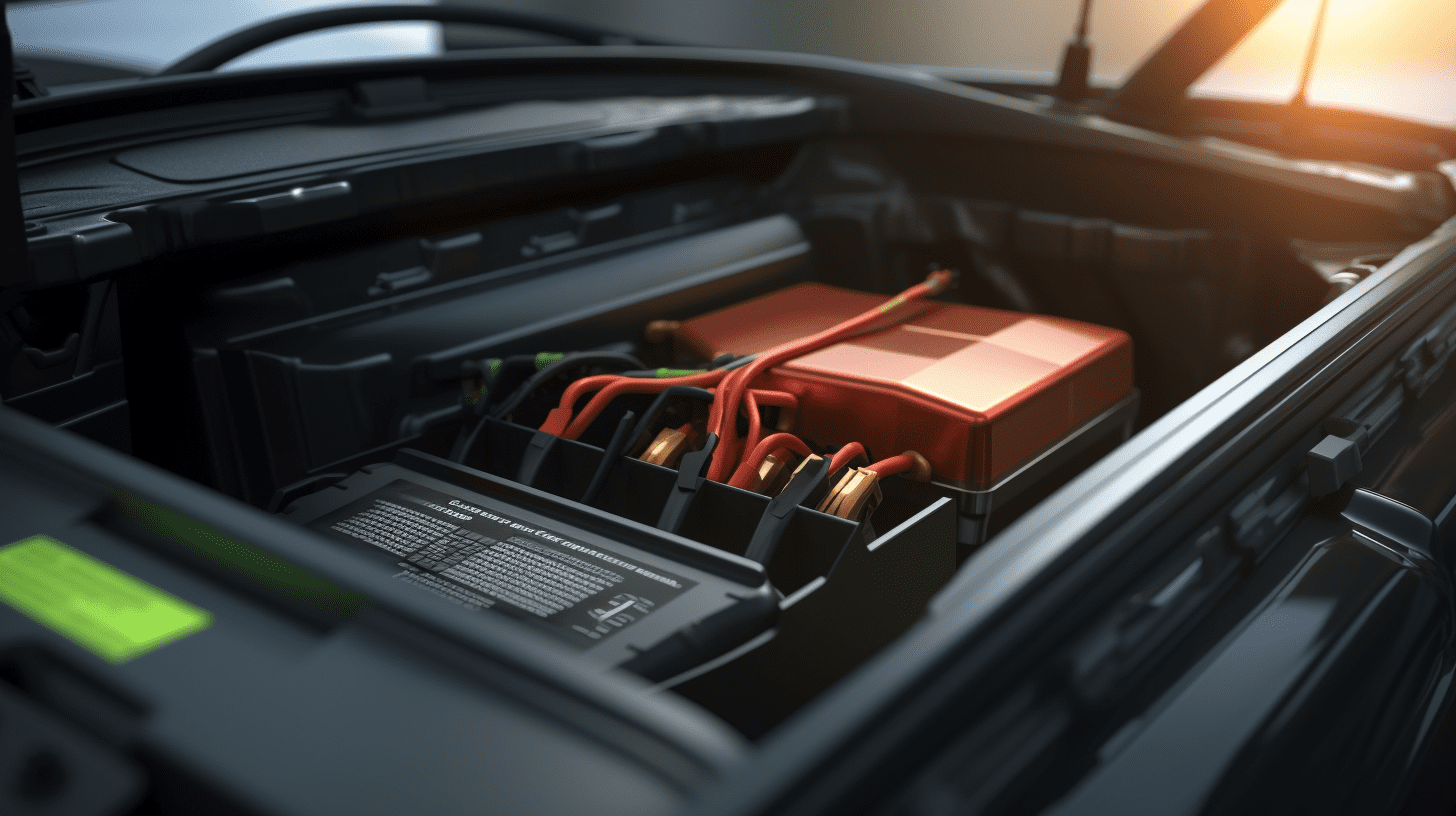Lithium-ion batteries are a popular choice for powering a wide range of devices, from electric vehicles to portable electronic devices. When designing a lithium-ion battery-powered project, one of the most important decisions to make is how to connect the batteries. Two common configurations are series and parallel, each with their own advantages and disadvantages. In this guide, we’ll explore the differences between series and parallel configurations and help you determine which one is best for your project.

#post_seo_title
Series Configuration
When batteries are connected in series, the positive terminal of one battery is connected to the negative terminal of the next battery, increasing the voltage output. This configuration is ideal for projects that require high voltage, such as electric vehicles, where a high voltage is necessary to power the motor. However, there are some disadvantages to using a series configuration.
One disadvantage is that if one battery fails, it can cause the entire series to fail, potentially leading to damage or injury. Another disadvantage is that the capacity of the batteries remains the same, so the overall energy storage capacity is limited.
Parallel Configuration
When batteries are connected in parallel, the positive terminals of all the batteries are connected together, as are the negative terminals, increasing the capacity of the batteries. This configuration is ideal for projects that require longer run times, such as portable power banks, where a high capacity is necessary to power the device for an extended period. However, there are also some disadvantages to using a parallel configuration.
One disadvantage is that if one battery fails, it can cause the other batteries to discharge into the failed battery, potentially leading to overloading and overheating. Another disadvantage is that the overall voltage output remains the same, so the maximum power output is limited.
Case Studies
To illustrate the advantages and disadvantages of each configuration, let’s take a look at some real-world examples.
Example 1: Electric Vehicle
An electric vehicle requires a high voltage to power the motor. In this case, a series configuration is the best choice, as it allows for a high voltage output while maintaining the same overall capacity. For example, a Tesla Model S uses a series configuration of over 7,000 lithium-ion battery cells to achieve a voltage output of around 375 volts.
Example 2: Portable Power Bank
A portable power bank requires a high capacity to provide power to devices for an extended period. In this case, a parallel configuration is the best choice, as it allows for a high capacity while maintaining the same overall voltage output. For example, the Redway Power lithium iron phosphate battery OEM manufacturer offers a 12V, 100Ah parallel configuration that provides a high capacity for powering devices for an extended period.
Conclusion
In conclusion, the choice between a series or parallel configuration depends on the specific requirements of your project. If high voltage is necessary, a series configuration is the best choice, while if high capacity is necessary, a parallel configuration is the best choice. When designing a lithium-ion battery-powered project, it’s important to carefully consider the advantages and disadvantages of each configuration, and to choose high-quality batteries from reputable manufacturers like Redway Power. By doing so, you can ensure the safety, reliability, and performance of your project.


